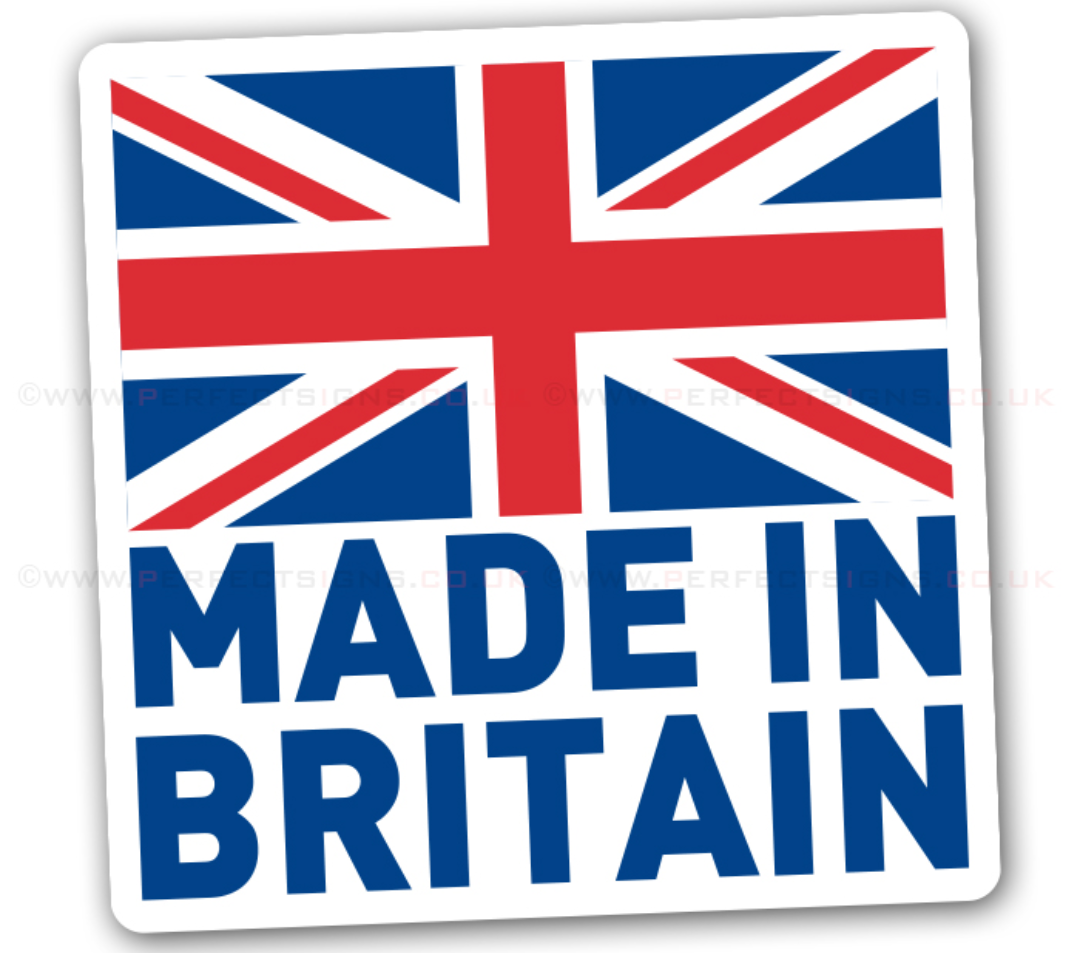Subject: Fire!
Dear Sir/Madam,
I’m writing to inform you of a fire which has broken out on the premises. No, that’s too formal…
Dear Sir/Madam,
Fire! Fire! Help me - 123 calendon road.
Looking forward to hearing from you!
All the best, Maurice Moss
🔥<br> 🧯
“Why’s it done that?”

“…ooOOoohhh…”
I’ll just put this fire with the rest of the fire
Woo that’s a NICE screen saver! It looks so…real…ANYWAY
I love the way the smoke seems to be coming off of the top of it…
[bam]
We got a report about a fire
For anyone else who was out of the loop, this is a joke from the IT Crowd when (in the show) England was changing their emergency services numbers:
From today, dialing 999 won’t get you the emergency services. And that’s not the only thing that’s changing. Nicer ambulances, faster response times and better-looking drivers mean they’re not just the emergency services — they’re your emergency services. So, remember the new number: 0118 999 881 999 119 725… 3.
Edit: Edited for clarification that this was a joke in the show and England did not change their emergency services number IRL.
We never changed emergency numbers. It might have referred to when we changed directory enquiries from a single one operated by your phone provider to multiple options with the prefix 118 xxx. Or perhaps when we extended emergency services to also have non emergency numbers for police and health issues.
Otherwise it’s been 999 for decades (with 112 also routed to the same).
The emergency services personnel really are a lot more attractive, which is important when I need emergency services!
“Better looking drivers!”
did you know that if you type this number into the default Android dialer app, the call button will flash red and blue
(does not work on phones that provide their own dialer such as Samsung but nevertheless a cool easter egg)
I didn’t believe you until I tried it myself. That’s amazing, thanks for sharing this gem :D
Geek trivia.
It would almost be a valid Wokingham (Berkshire UK) number (well 0118 999 8819 would be) except I think after the second 9 there’s no allocated numbers.
That is, it’s not possible to dial in the UK, you would get an number unobtainable tone as soon as you dial 0118 99 on a landline phone.
Are hyphens not used in UK telephone numbers like they are in the US?
Not really. Some people do, but if you look at printed numbers it’s usually a space. At least from my experience.
Number formatting is a funny thing too. So Wokingham (which is on the Reading 0118 prefix) is 0118 9. But the format is generally written 0118 9xx xxxx and not 01189 xxx xxx. But other area codes are like 01268 xxx xxx. London is especially interesting because people format differently, mostly based on age. See London numbers used to be 01 xxx xxxx. So people wrote their numbers as (01) xxx xxxx (if you lived in London you just dialled the last 7 digits). But over time the London prefixes evolved many times. Now it is 020 for London and xxxx xxxx. But the main first digits often still follow older patters of 7 for inner London and 8 for outer London (for older numbers at least). So older people (and I mean my age, not elderly) often format their number as 0208 xxx xxxx.
Went off on a tangent a bit there. Main story is, in my experience no hyphens is more common. But people do sometimes use them.
No hyphens follow some international standards such as those of the ITU. ITU E.123 recommends: ‘only spaces be used to visually separate groups of numbers “unless an agreed upon explicit symbol (e.g. hyphen) is necessary for procedural purposes” in national notation’
I’m okay with tangents because I love learning about formatting & cultural differences. I think it’s fascinating!
And yeah that’s interesting because here in the US, putting a hyphen in between each section is typically much more common. For example, we’d write 123-456-7890.
I think when I was much younger, in the 80s it was more common to use hyphens. But I think this was more when people wrote with a pen on paper.
On shop fronts and when printed, seems quite the rarity here I think.
How do you prevent overflow with line breaks without having to use
every single time, though? With a visible separator, there’d be no need for that.I think the ITU E.123 predates HTML by some years…
I meant currently. Lol.





